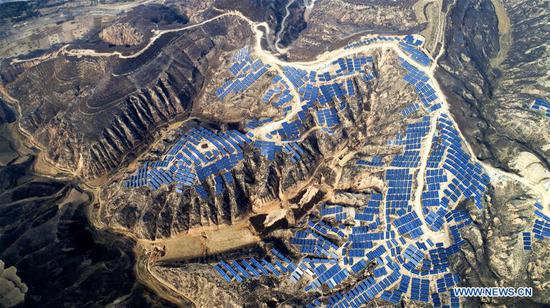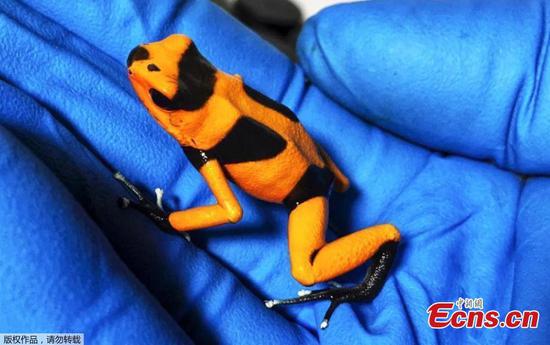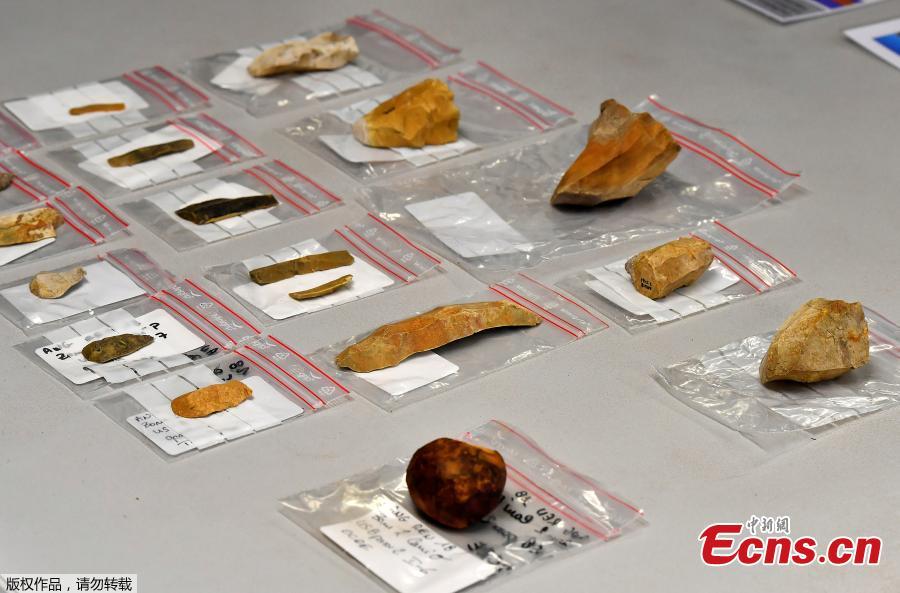
Flints, firing pins, scrapers and other prehistoric items are displayed by archaeologists from INRAP (National Institute of Preventive Archaeological Research) during an excavation of a construction site near the train station of Angouleme, southwest France on November 7, 2018 where important prehistoric discoveries have been made. On this site of some 2,000 square meters, the excavations covers several prehistoric periods starting 11,500 years ago to 8500 years before the Common Era (BCE). (Photo/Agencies)

Flints, firing pins, scrapers and other prehistoric items are displayed by archaeologists from INRAP (National Institute of Preventive Archaeological Research) during an excavation of a construction site near the train station of Angouleme, southwest France on November 7, 2018 where important prehistoric discoveries have been made. On this site of some 2,000 square meters, the excavations covers several prehistoric periods starting 11,500 years ago to 8500 years before the Common Era (BCE). (Photo/Agencies)
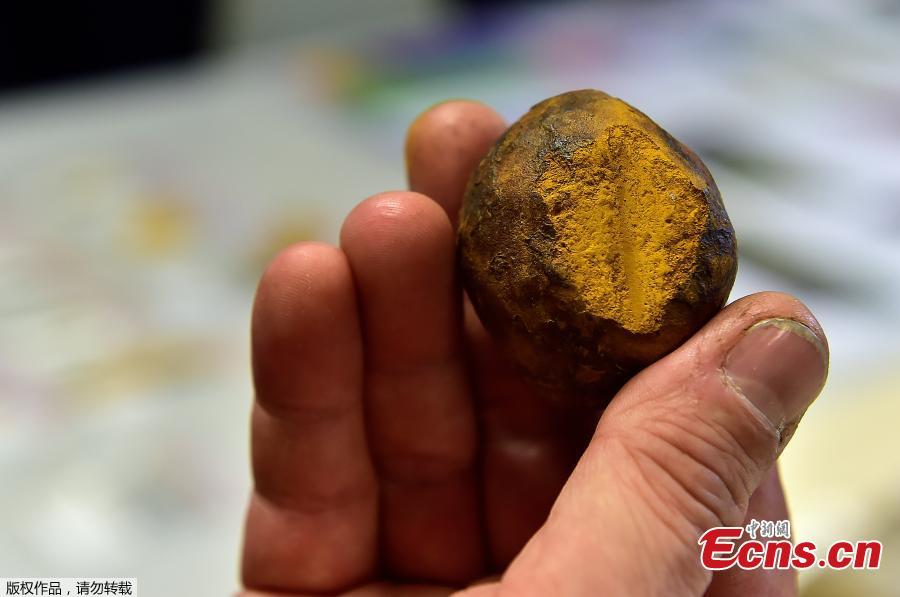
An ocher colour ball used for body paints and tanning animal skins is shown by archaeologists from INRAP (National Institute of Preventive Archaeological Research) during an excavation of a construction site near the train station of Angouleme, southwest France on November 7, 2018 where important prehistoric discoveries have been made. - On this site of some 2000 square meters, the excavations covers several prehistoric periods starting 11,500 years ago to 8500 years before the Common Era (BCE). (Photo/Agencies)
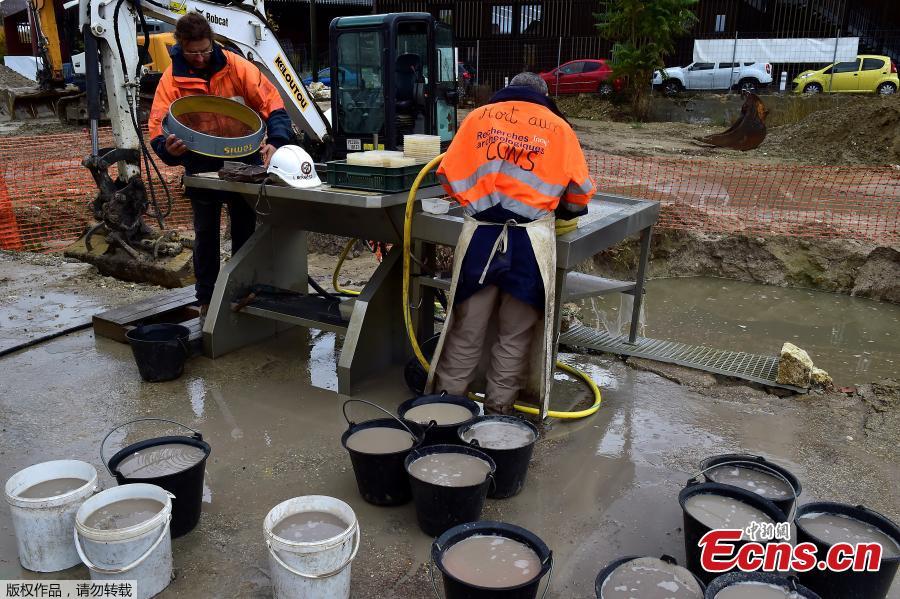
Archaeologists from INRAP (National Institute of Preventive Archaeological Research) excavate a construction site near the train station of Angouleme, southwest France on November 7, 2018 where important prehistoric discoveries have been made. - On this site of some 2000 square meters, the excavations covers several prehistoric periods starting 11,500 years ago to 8500 years before the Common Era (BCE).(Photo/Agencies)













